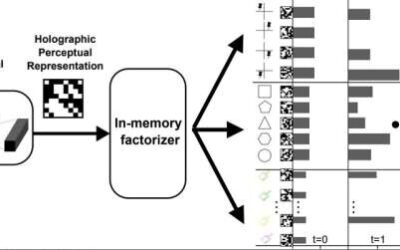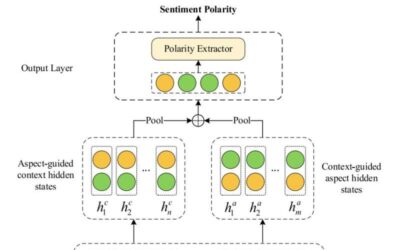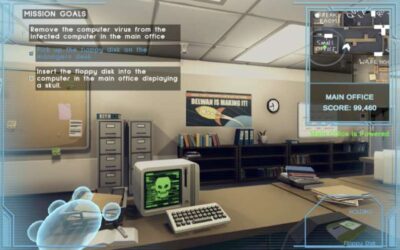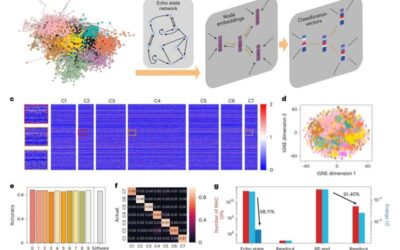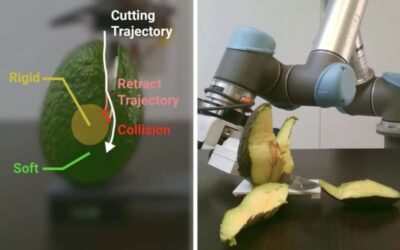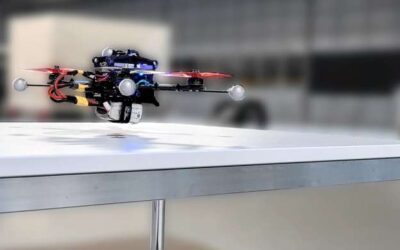Artificial intelligence (AI) models have already made their way into a wide range of real-world settings, helping humans to tackle everyday problems faster and more efficiently. Recently, computer scientists have also been exploring their potential for assisting...
Machine learning & AI
A power-efficient engine that can disentangle the visual attributes of objects
Most humans are innately able to identify the individual attributes of sensory stimuli, such as objects they are seeing, sounds they are hearing, and so on. While artificial intelligence (AI) tools have become increasingly better at recognizing specific objects in...
A model that uses human prompts and sketches to generate realistic fashion images
Artificial intelligence (AI) recently started making its way into many creative industries, for instance, in the form of tools for digital artists, architects, interior designers and image editors. In these contexts, AI can automate processes that are tedious or time...
A model to automatically identify the sentiment polarity of specific words in written texts
In recent years, computer scientists have been trying to develop effective models for sentiment analysis. These models are designed to analyze sentences or longer texts and autonomously determine their underlying emotional tone.
Amazon creates a new user-centric simulation platform to develop embodied AI agents
AI-powered robots are generally trained in simulation environments before they are tested and introduced in real-world settings. These environments allow developers to safely test their machine learning techniques on a variety of robots and in numerous possible...
An architecture that combines deep neural networks and vector-symbolic models
Researchers at IBM Research Zürich and ETH Zürich have recently created a new architecture that combines two of the most renowned artificial intelligence approaches, namely deep neural networks and vector-symbolic models. Their architecture, presented in Nature...
A system integrating echo state graph neural networks and analogue random resistive memory arrays
Graph neural networks (GNNs) are promising machine learning architectures designed to analyze data that can be represented as graphs. These architectures achieved very promising results on a variety of real-world applications, including drug discovery, social network...
Study explores the potential and shortcomings of ChatGPT in SPC, education and research
At the end of November 2022, the San Francisco-based company OpenAI launched its prototype of ChatGPT, an artificial intelligence (AI)-based chatbot that can answer a wide range of questions in short periods of time. Since then, users worldwide have been testing the...
A system that allows robots to cut objects made of multiple materials
Humans innately learn to adapt their movements based on the materials they are handling and the tasks that they are trying to complete. When chopping specific fruits or vegetables, for instance, they might learn to cut around harder parts, such as avocado or peach...
A deep learning and model predictive control framework to control quadrotors and agile robots
In recent years, computer scientists have developed increasingly advanced algorithms for controlling the movements of robotic agents. These include model predictive control (MPC) techniques, which use a model of the agent's dynamics to optimize its future behavior...


